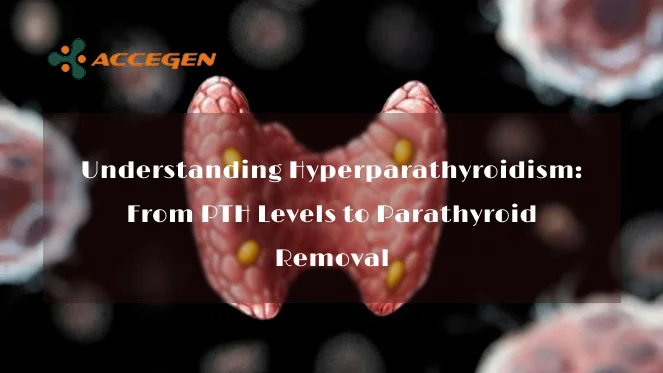- In-Stock Tumor Cell Lines
- Human Orbital Fibroblasts
- Human Microglia
- Human Pulmonary Alveolar Epithelial Cells
- Human Colonic Fibroblasts
- Human Type II Alveolar Epithelial Cells
- Human Valvular Interstitial Cells
- Human Thyroid Epithelial Cells
- C57BL/6 Mouse Dermal Fibroblasts
- Human Alveolar Macrophages
- Human Dermal Fibroblasts, Adult
- Human Lung Fibroblasts, Adult
- Human Retinal Muller Cells
- Human Articular Chondrocytes
- Human Retinal Pigment Epithelial Cells
- Human Pancreatic Islets of Langerhans Cells
- Human Kidney Podocyte Cells
- Human Renal Proximal Tubule Cells
Alzheimer’s Drug Development: The Critical Role of Neural Cell Models in Translational Research
According to Alzheimer's Disease International, there were over 55 million people worldwide living with dementia in 2020. This figure is rising rapidly and is forecasted to reach 78 million in 2030. Alzheimer’s disease (AD) accounts for 60-80% of dementia cases, making it one of the most widespread and pressing neurodegenerative disorders today. Beyond memory loss, AD profoundly significantly impacts cognition, daily functioning, and overall quality of life—placing immense emotional and economic burdens on families and healthcare systems. Despite decades of research, a definitive cure remains elusive.
June marks Alzheimer’s & Brain Awareness Month—an opportunity to raise recognition of the significant impact of brain diseases and recommit to advancing research and treatment.
The Long Road of Alzheimer’s Drug Development
The journey toward effective Alzheimer’s treatments has been indeed lengthy and challenging.
Over the past two decades, numerous drug candidates --particularly those targeting amyloid beta (Aβ) and Tau tangles, have all failed in clinical trials. Yet recent breakthroughs bring cautious optimism. The approval of anti-amyloid beta (Aβ) monoclonal antibodies -- Aducanumab, Lecanemab, and Donanemab by FDA marks progress toward AD therapies. However, their clinical benefits remain limited and are accompanied by potential side effects such as amyloid-related imaging abnormalities (ARIA).
These limitations underscore the multifactorial nature of AD, implicating a complex interplay of multiple factors beyond Aβ and Tau pathology, including neuroinflammation, synaptic dysfunction, and metabolic dysregulation. Therefore, effective drug discovery strategies require a comprehensive approach that considers these interconnected processes rather than focusing solely on one or two pathologies. In addition, robust and physiologically relevant neural cell models are vital for mechanistic studies and preclinical validation.
Why Neural Cell Models Matter in Alzheimer’s Research
Translational research relies heavily on promising cellular models that replicate human disease biology. In AD research, several neural cell types are key:
- Neurons: primary victims in AD; a perfect model to study the impact of amyloid plaques and tau tangles on neuronal function, neuronal loss and damage; specific neuronal subtypes, such as excitatory and inhibitory neurons, have been shown to exhibit differential gene expression changes in AD.
- Astrocytes: providing structural and metabolic support to neurons, maintaining synaptic health in physiological condition; becoming reactive in AD, contributing to neuroinflammation and releasing inflammatory molecules; involving in the clearance of amyloid plaques.
- Oligodendrocytes: responsible for producing myelin; being affected, leading to myelin damage and impaired neuronal communication in AD; -also contributing to the clearance of amyloid plaques.
AcceGen’s Contribution to Alzheimer’s Research
At AcceGen, we provide reliable, well-characterized neural cell models to accelerate AD drug development, supporting the global battle against Alzheimer’s.

Copyright - Unless otherwise stated all contents of this website are AcceGen™ All Rights Reserved – Full details of the use of materials on this site please refer to AcceGen Editorial Policy – Guest Posts are welcome, by submitting a guest post to AcceGen you are agree to the AcceGen Guest Post Agreement – Any concerns please contact marketing@accegen.com








